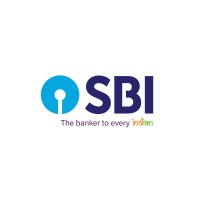
State Bank of India
We are the largest Indian Public Sector Banking & Financial Services Company. Headquartered in Mumbai, our national presence across the country with over 22,000 branches and globally across all time-zones at 227 locations in 30 countries, makes us the leader in the sector. Our legacy ranges back to the British era through the Imperial Bank of India, founded in 1806. Today, we are a conglomerate employing skilled professionals who are successfully taking the legacy forward through our specialized and customized financial services designed to cater the needs of Corporates, SMEs, NRIs & Retail customers. For more information about Career & Life at SBI, please visit : https://bank.sbi/web/careers Disclaimer: SBI shall bear no responsibility for confidentiality of information shared with SBI through LinkedIn.






